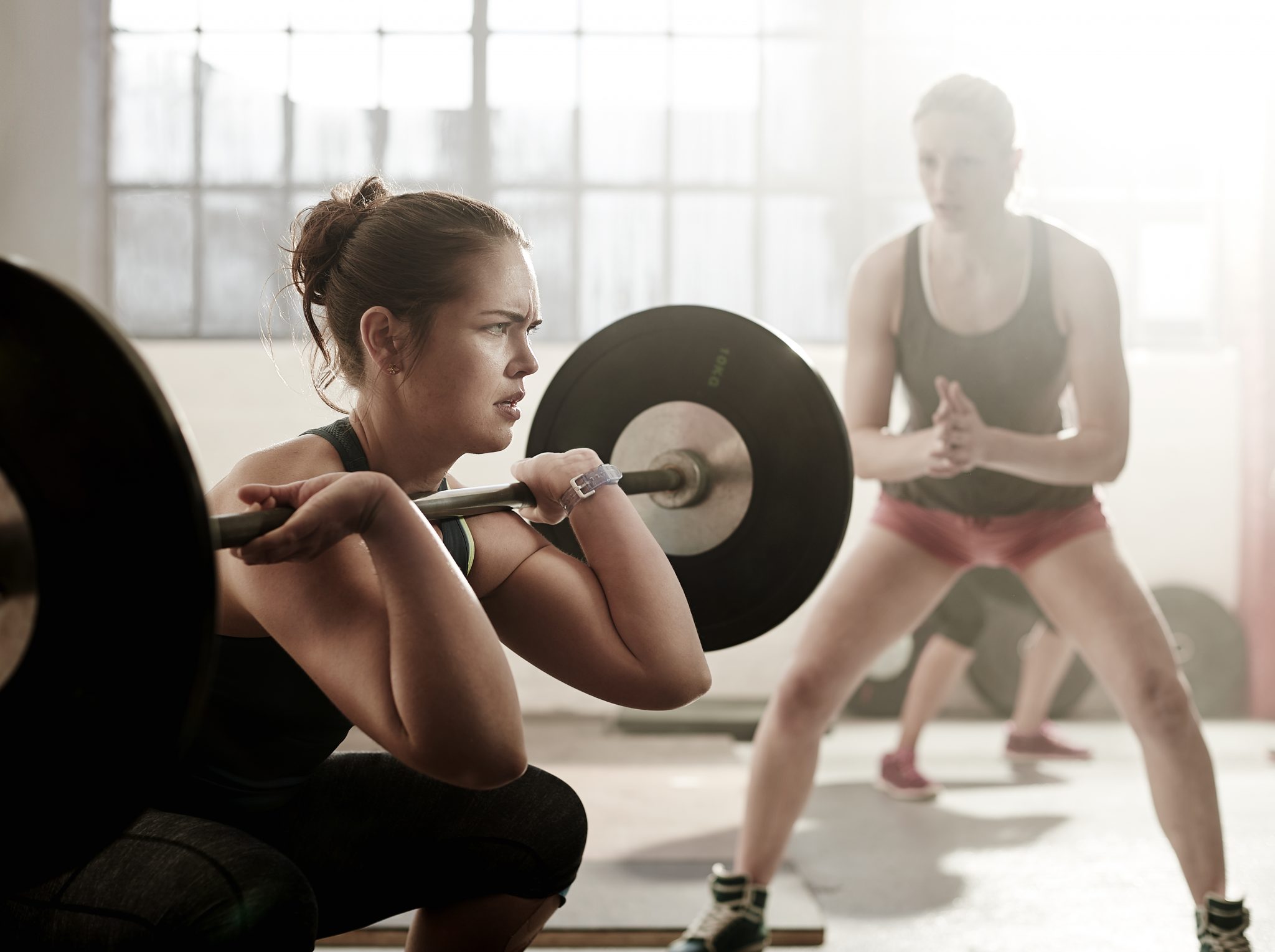Weight training makes for a challenging workout, but it should not be causing damage to your hands and wrists. A fitness expert explains how to practise safer lifting and avoid injury.
Whether you’ve restarted your gym membership since lockdown lifted or you’ve decided to stick with working out at home, many across the country like to get their weekly exercise in by lifting weights. Weight training is a fantastic form of exercise, the benefits of which range from improving your strength and fitness to easing aches and pains in your body. However, when done incorrectly, weight training is certainly not without risk.
When you lift weights, either to train the muscles of your upper body, lower body or core, you are engaging in a strenuous activity that puts significant pressure on your muscles and joints. This is especially true of your hands and wrists, which fitness trainer Dr Folusha Oluwajana says are often overlooked when weight training.
Here, Dr Folusha and personal trainer and fitness coach at Core Collective Emma Rawlinson explain exactly why our hands and wrists need to be protected during a weight training session, and how best to look after them.
You may also like
Benefits of exercise: the short-term effects of working out on the mind and body
Why do you need to protect your hands and wrists while weight training?
Weight training is arduous, and it impacts larger and smaller muscles alike. But while it is supposed to be challenging, it should not be causing damage. According to Dr Folusha, “our hands and wrists are fragile, because they contain small bones and ligaments which can be put under undue pressure during weight training”. As a result, everything from poor form and preparation to failing to listen to your body when you work out can put you at risk of injuring these delicate areas.
Beyond injury prevention, though, ensuring you look after your hands and wrists can actually help you make progress with your weight training, which we found when we asked fitness experts for their advice on improving grip strength. As Emma explains, “weight training will always involve grip, either on a dumbbell or a barbell”. As a result, “if hands or wrists are injured, weight training will be very limited”, and can cause further pain and discomfort.
How important is form to protecting your hands and wrists while weight training?
“Proper form and technique is key to preventing pain and injury when exercising”, explains Dr Folusha. But, while you may be vigilant about your posture or the movements you do when lifting weights, it’s important to also recognise that “this applies to your hands and wrists too”. If you aren’t careful about the way you lift, you could “put excessive force through your wrists, causing damage that may actually stop you from exercising”.

You also need to listen to your body when weight training, to ensure you don’t overdo it. If your form isn’t right, chances are you’ll feel it. However, even if your form is perfect, you can still do yourself an injury by overtraining. Training too frequently without giving yourself adequate time to rest and recover can cause pain, discomfort and inflammation in the hands and wrists, which is often a result of “strain on the ligaments and tendons”.
If you do experience any pain as a result of weight lifting, Dr Folusha says that it’s important not to ignore it, and that “if it is persistent, seek advice from your doctor or a physiotherapist”.
What else can you do to protect your hands and wrists while weight training?
According to Dr Folusha, one of the simplest and most effective things you can do to protect your wrists and hands when lifting weights is to warm up and practice mobility exercises, both of which will prepare your muscles and joints for the heavy loads and movements associated with weight training.
You may also like
Stretching: support muscle recovery and avoid injury with these postures
Equipment is also key, and you need to make sure it is appropriate for your abilities. If you pick weights that are too heavy or use equipment that is not adjusted to your height, you could end up straining your muscles when you lift.
It can be helpful, too, to use additional equipment to assist you as you lift, and things like “chalk, straps and gloves can help with grip strength”, says Dr Folusha. As Emma goes on to explain, “your grip will give up way before your larger muscle groups need to, so chalk and other such equipment can be a good option to aid grip strength”. They will also help to protect your hands from callouses, which, while not bad or particularly detrimental, may be uncomfortable.
For other forms of strength training, you may want to try , “yoga blocks, wedges and parallette bars, to adjust wrist positioning and support stability during exercises such as push-ups and planks”.
Follow @StrongWomenUK on Instagram for the latest workouts, delicious recipes and motivation from your favourite fitness experts.
Images: Getty
Source: Read Full Article
